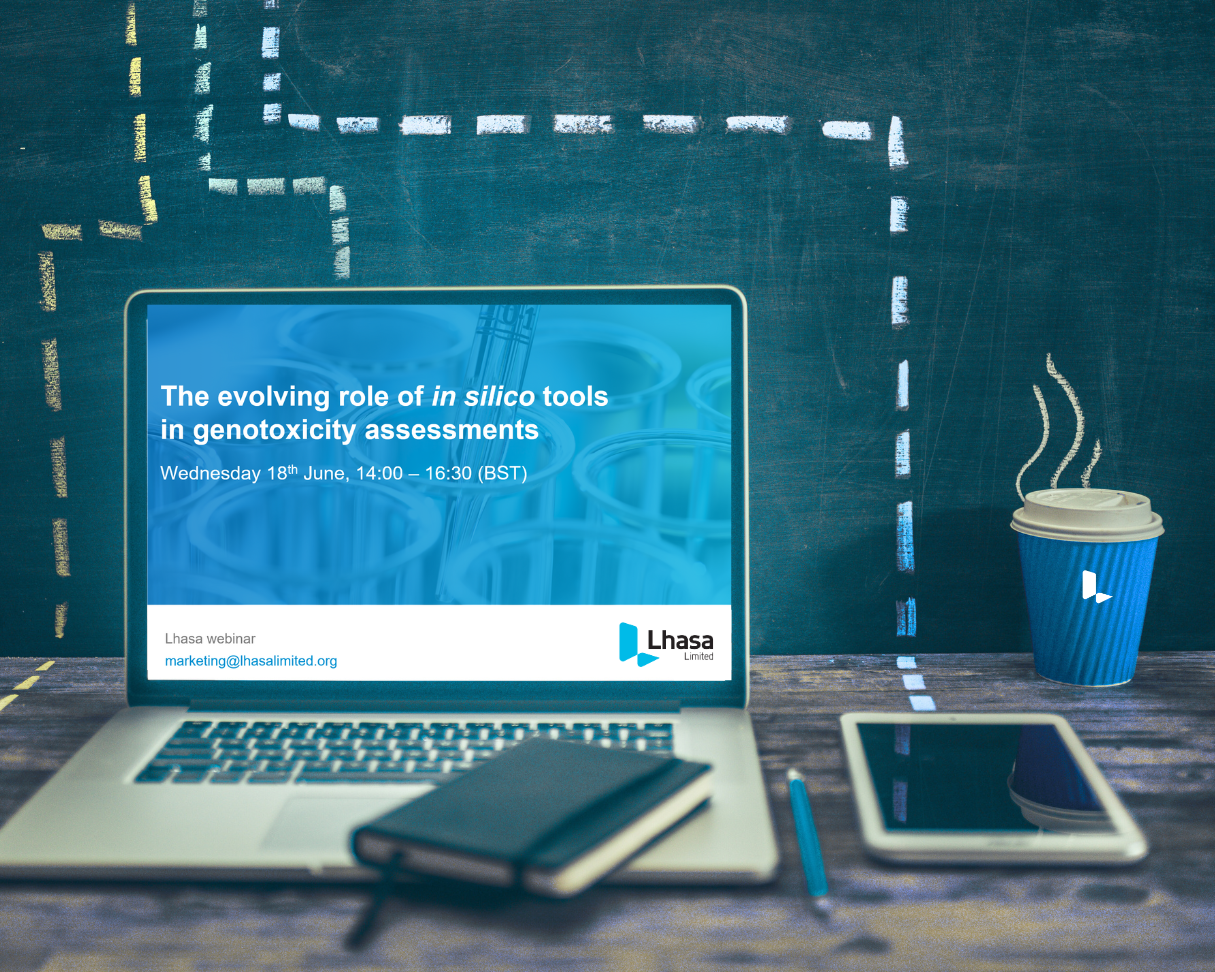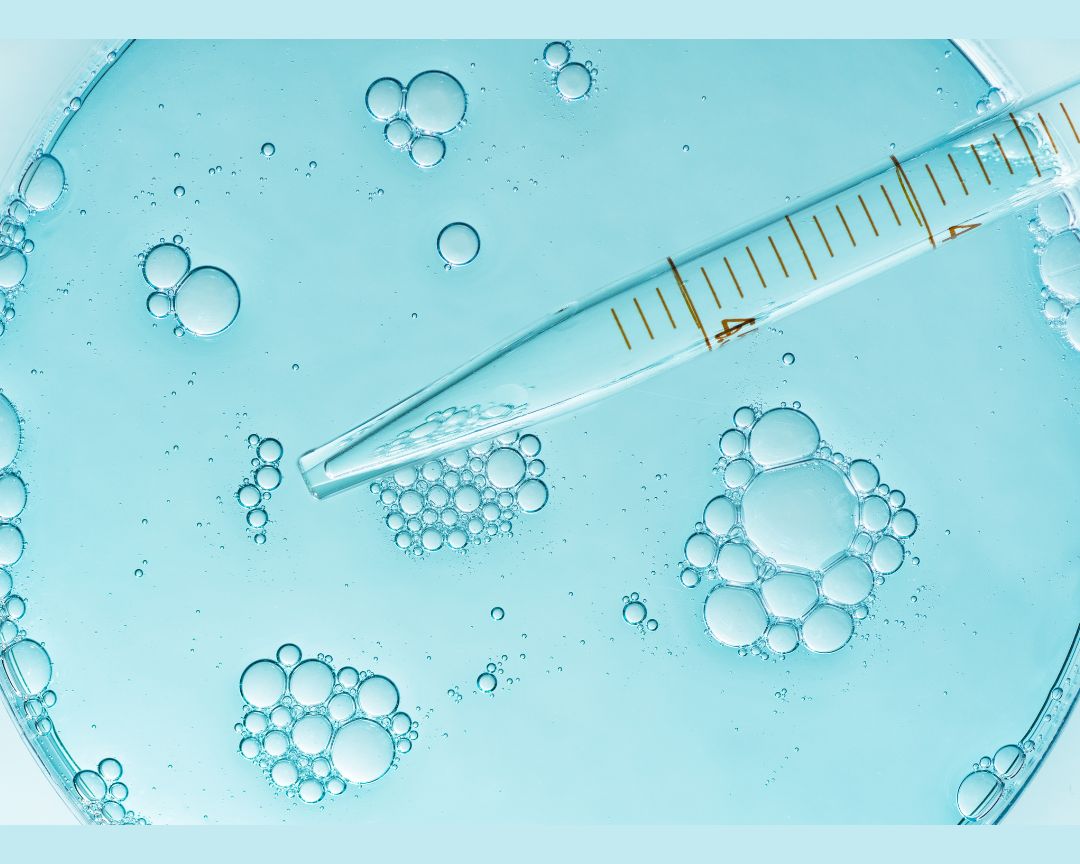The U.S. Food and Drug Administration (FDA) recently took a significant step forward in safeguarding public health by issuing a new guidance titled “Recommended Acceptable Intake Limits for Nitrosamine Drug Substance Related Impurities (NDSRIs) Guidance for Industry.” This important update addresses concerns related to NDSRIs, a group of nitrosamine impurities found in numerous drug products, including active pharmaceutical ingredients (APIs). These impurities have gained significant public attention in recent years due to their potential association with cancer risk.
Released on Friday 4th August 2023, in concordance with European Medicines Agency (EMA) and Health Canada’s recent recommendations, the guidance provides a risk-based safety assessment framework for predicting the mutagenic and carcinogenic potential of NDSRIs, to recommend acceptable intake (AI) limits. Our recent blog article discusses the EMA update on nitrosamine impurities in more detail.
What are our key takeaways from this guidance?
The predicted carcinogenicity potency categorisation approach (CPCA), can establish the AI for an NDSRI, unless other robust data can override this. The CPCA is a decision tree assessment based on structure-activity relationships, drawing on structural features proposed in a number of recent Lhasa publications to define potency levels.
- What Makes a Potent Nitrosamine? Statistical Validation of Expert-Derived Structure-Activity Relationships,
- Strategies for Assessing Acceptable Intakes for Novel N-Nitrosamines Derived From Active Pharmaceutical Ingredients,
- Developing structure-activity relationships for N-nitrosamine activity
To assist drug manufacturers and applicants in conducting safety assessments, a higher acceptable intake (AI) limit for NDSRIs may be supported by:
i) Obtaining compound-specific data. The FDA recommend an enhanced Ames test (EAT) for N-nitrosamines that are negative in the OECD Test Guideline No. 471 compliant Bacterial Reverse Mutation (Ames) Test – in line with European Medicines Agency (EMA) and Health Canada‘s recent recommendations.
ii) Using read-across assessment to determine a suitable surrogate. (Q)SAR analysis can be performed by following recommendations described in the ICH M7(R2) guideline for predicting the mutagenic potential of genotoxic impurities and limiting potential carcinogenic risk. ICH M7(R2) recommends using two (Q)SAR prediction methodologies that complement each other, one expert rule-based methodology and the second statistical-based; the Nexus ICH M7 workflow may assist in identifying a suitable surrogate compound to justify a proposed alternative AI limit. To calculate an AI limit, the FDA recommends selection of surrogates with robust carcinogenicity data. A compound-specific AI can be calculated based on rodent carcinogenic potency data such as TD50 values, which may be available in the Lhasa Carcinogenicity Database (LCDB).
How will these guidelines be implemented?
Considering these significant updates released by the FDA, EMA and Health Canada, our Lhasa Limited team are actively providing a solution to support our members with regulatory submissions in line with the current guidance. The Derek Nexus and M7 release, housed in Nexus, features CPCA assessment functionality; readily assigning a nitrosamine query structure to a predicted potency category, and providing a corresponding AI limit, alongside your Derek and ICH M7 predictions. Read about Lhasa’s CPCA assessment functionality, which is freely available to all Derek Nexus users.
Learn how to predict for the formation of NDSRIs in our recent webinar with Dr. Giorgio Blom, Senior Trace Analysis Lead at AstraZeneca, watch the recording here.
Last Updated on February 26, 2024 by lhasalimited



